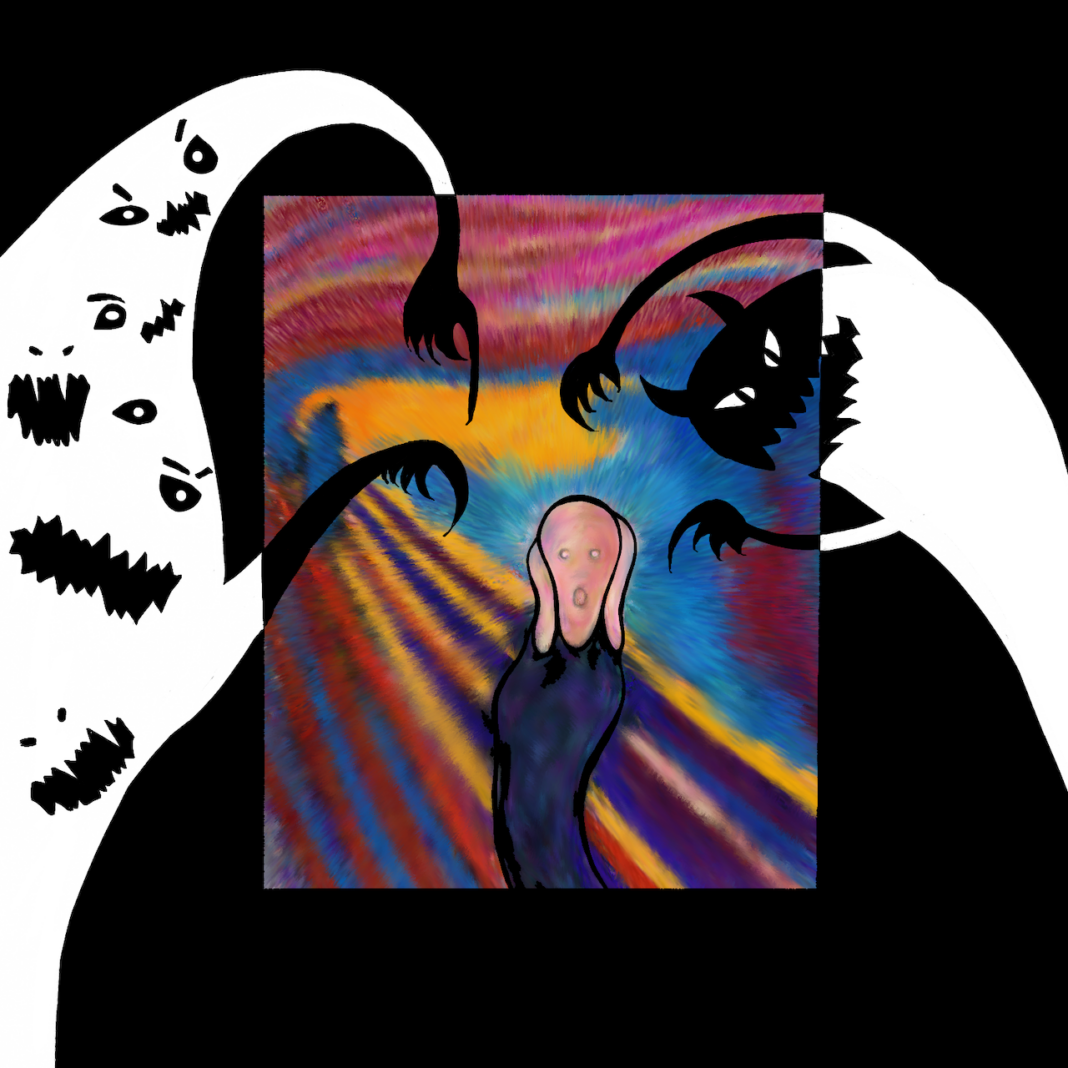References:
[1] LeDoux J. (1998) Fear and the brain: where have we been, and where are we going? Biological Psychiatry 15;44(12):1229–38 DOI: 10.1016/s0006-3223(98)00282-0.
[2] Adolphs R. (2013) The Biology of Fear. Current Biology 23(2), R79–R93. DOI: 10.1016/j.cub.2012.11.055.
[3] Steimer T. (2002) The biology of fear and anxiety-related behaviors. Dialogues in Clinical Neuroscience 4(3), 231–249.
[4] Barnum T. C., Solomon S. J. (2019) Fight or flight: Integral emotions and violent intentions. Criminology 57, 659– 686. DOI: 10.1111/1745-9125.12222.
[5] Kaur S., Singh R. (2017) Role of different neurotransmitters in anxiety: a systematic review. International Journal Of Pharmaceutical Sciences And Research 8(2), 411–421 DOI: 10.13040/IJPSR.0975-8232.8(2).411-21.
[6] Refojo D., Schweizer M., Kuehne C., Ehrenberg S., Thoeringer C., Vogl A. M., Dedic N., Schumacher M., von Wolff G., Avrabos C., Touma C., Engblom D., Schütz G., Nave K. A., Eder M., Wotjak C. T., Sillaber I., Holsboer F., Wurst W., Deussing J. M. (2011) Glutamatergic and dopaminergic neurons mediate anxiogenic and anxiolytic effects of CRHR1. Science 333(6051), 1903–7 DOI: 10.1126/science.1202107.
[7] Garcia R. (2017) Neurobiology of fear and specific phobias. Learning & Memory 24(9), 462–471 DOI:10.1101/lm.044115.116.
[8] Nader K., Schafe G., Le Doux J. (2000) Fear memories require protein synthesis in the amygdala for reconsolidation after retrieval. Nature 406, 722–726 DOI: 10.1038/35021052.
[9] Ray Luo N., Uematsu A., Weitemier A., Aquili L., Koivumaa J., McHugh T. J., Johansen J. P. (2018) A dopaminergic switch for fear to safety transitions. Nature Communications 9 (1) DOI: 10.1038/s41467-018-04784-7
[10] Liddell B. J., Brown K. J., Kemp A. H., Barton M. J., Das P., Peduto A., Gordon E., Williams L. M. (2005) A direct brainstem-amygdala-cortical ‘alarm’ system for subliminal signals of fear. Neuroimage 24(1), 235–43 DOI: 10.1016/j.neuroimage.2004.08.016.
[11] Kirsch P., Esslinger C., Chen Q., Mier D., Lis S., Siddhanti S., Gruppe H., Mattay V. S., Gallhofer B., Meyer-Lindenberg A. (2005) Oxytocin modulates neural circuitry for social cognition and fear in humans. Journal of Neuroscience 25(49), 11489–93 DOI: 10.1523/JNEUROSCI.3984-05.
[12] Lentz C. (2018) Here’s why you actually love being scared – Insider. Retrieved October 20, 2020. Retrieved from https://www.insider.com/why-people-love-to-be-scared-2018-4 (21.10.2020)
[13] Belk R. W. (1990) Halloween: an Evolving American Consumption Ritual, in NA – Advances in Consumer Research Volume 17, eds. Marvin E. Goldberg, Gerald Gorn, and Richard W. Pollay, Provo, UT: Association for Consumer Research, 508–517.
[14] Rogers N. (2002) Samhain and the Celtic Origins of Halloween, Halloween: From Pagan Ritual to Party Night, New York: Oxford University Press, 11–21.
[15] Freud S. (1919) The ‘Uncanny’. The Standard Edition of the Complete Psychological Works of Sigmund Freud, Volume XVII (1917-1919): An Infantile Neurosis and Other Works, 217–256. Retrieved from http://users.clas.ufl.edu/burt/uncanny.pdf (21.10.2020)



